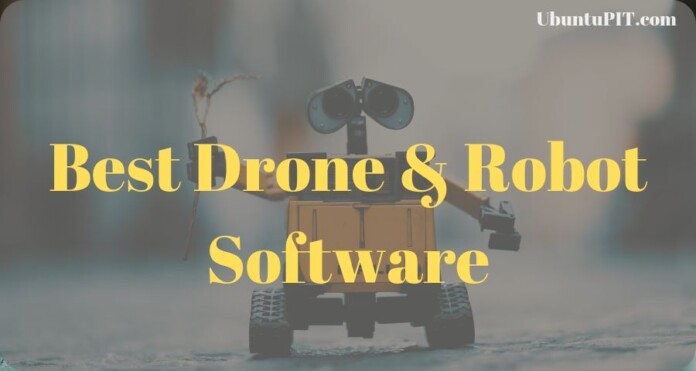Linux is enriched with a lot of drone and robot software. This industry is entirely linked with Artificial Intelligence and Machine Learning, which needs a different kind of expertise and creativity. Since the new era of technology has emerged, it started to be a vital part mostly in the scientific research area. Also, this kind of stuff is not cheap to build and control. So, deciding on a particular product is fishy enough, even if you are experienced in this industry.
Best Drone and Robot Software
Today, we are going to discuss and let you know about the best robot and drone software in the Linux system. We tried to pick the most versatile and user-friendly application for you. You will find some of them for free, and some are expensive. So, let’s go through the central point below!
1. Gazebo
Gazebo is one of the most popular and essential robot software, which is expert enough to test algorithms, design robots, and train the Artificial Intelligence(AI) system. It aims to provide the facilities regarding the real scenarios. Before being an independent project, it was a vital component in the Player Project ( Also included in this content, see below).
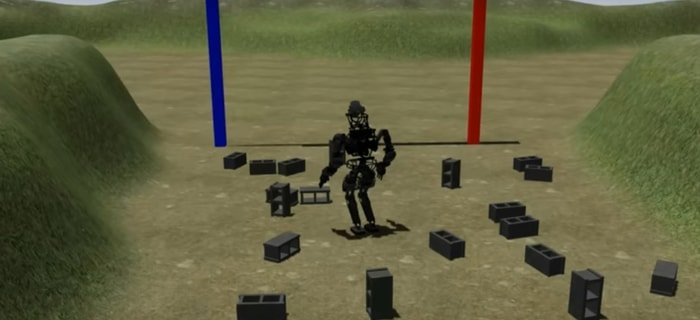
Noteworthy Features of Gazebo
- Gazebo is a well-designed simulator that can simulate multiples robots in a 3D environment.
- It lets you access several physics engines like Bullet, ODE, DART, and more for better performance.
- You will get many pre-built robots like iRobot Create, PR2, Pioneer2 DX, and more with Gazebo.
- Users can develop custom plugins to enhance the ability of robots and sensors which can get access to Gazebo’s API directly.
- Using the XML format- SDF, you can build your custom robot and also describe the aspects.
- Provides strong support with helpful tutorials that cover the concepts in detail, along with many practical exercises.
2. ArduPilot
ArduPilot comes with the most powerful and advanced robot and drone software written in C++ and Python languages. With advanced data-logging and simulation technologies, it has already been installed in more than one million vehicles. This advanced platform is licensed under the GNU General Public License (v3) and also free to use.
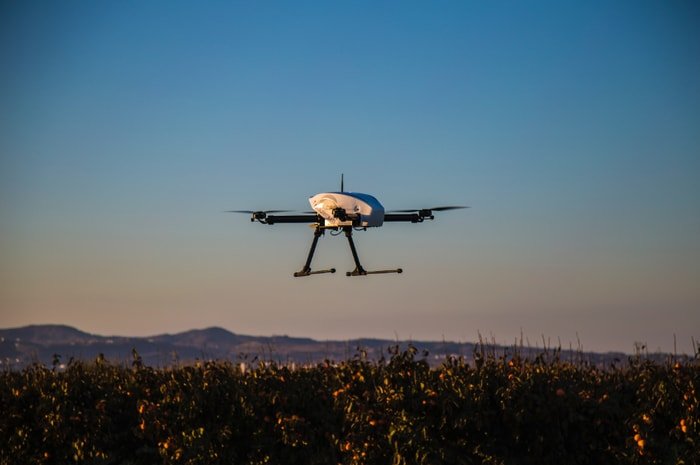
Noteworthy Features of ArduPilot
- It aims to control any vehicle system, including many emerging tools like quad-planes, compound helicopters, multirotor, and even submarines.
- Suitable for many OEM UAV companies like jDrones, AgEagle, Kespry, and more.
- ArduPilot runs on multiple platforms, including Linux and Microsoft Windows.
- It provides strong support via Forum, Github, and Facebook. Also, you will get rich documentation with this tool.
- Also, it supports a wide range of hardware components, including Copter, Rover, and different embedded hardware.
3. BetaFlight
BetaFlight comes with an open source drone software aims to provide better flight performance and support. It offers the best experience with updated features and a quality assurance process. Also, it has a number of safety features that help to prevent dangerous behavior of drones. You have the full control to tackle the situation if anything goes wrong.
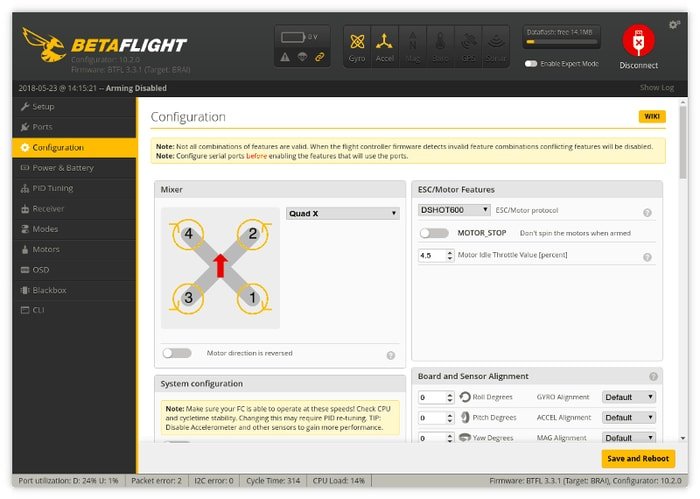
Noteworthy Features of CleanFlight
- Compatible with most of the remote control manufacturers, including FlySky, Graupner, and FrSky.
- Using the flight controller, you can control VTX and also the camera settings.
- It provides dedicated and robust community support. Also, you will get the help to get started using its video tutorial.
- BetaFlight runs on multiple platforms, including Microsoft Windows, Linux, and Mac OS.
4. NASA Vision Workbench
NASA Vision Workbench is an open source data, and image processing library aims to provide various image processing tasks. You can work on automated science and engineering analysis, extensive satellite image processing, robot perception, and more with this tool. Also, it provides support for block-level operations on different project images.
Noteworthy Features of NASA Vision Workbench
- Using 3rd party libraries, it has the capability of reading and writing JPEG, PNG, PDS, and TIFF files.
- Provides a friendly and flexible system that helps to deploy different computer vision applications.
- Besides being a general-purpose processing tool and machine vision framework, it also lets you get 2D and 3D environment reconstruction facilities.
- It provides excellent support on debugging, type system, and cache.
- Also, it allows different types of image transformations, including rotation, resampling, translation, and arbitrary wraps.
5. The Player Project
The Player Project is one of the most popular tools that help to create robot software. The primary purpose of this software is to research robot and sensor systems. It is an open source application that is released under the GNU General Public License. You can use this across a wide range of hardware, including K-Team’s Khephera, Botrics’s Obot d100, Acroname’s Garcia, and many more.
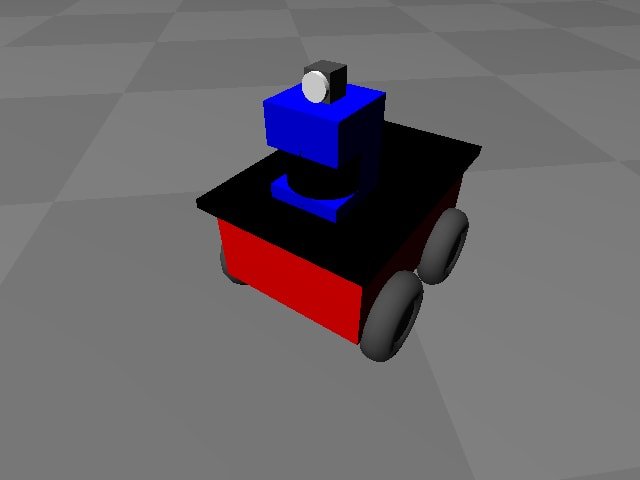
Noteworthy Features of The Player Project
- The Player Project provides a minimal and flexible interface compared with other robot tools.
- It is a cross-platform device server that runs on Windows, Linux, BSD, Mac OS X, and Solaris.
- Users can control the robots and sensors with the help of standard player interfaces.
- It supports several programming languages, including C, C++, Python, Ruby, Java, and Tcl.
- Using The Player Project, you can do the simulated robot experiments and publish it to the significant robotics journals.
- Provides clear documentation with a helpful user manual so that users can make the best use of this tool.
6. PX4
Once again, PX4 comes with a modern and user-friendly flight control software, which is a part of Dronecode. As we know, Dronecode is one of the most popular and well-known non-profit organizations that deal with flying vehicles. This open source platform is built with C++ programming language under BSD-3-Clause license. It was developed by ETH Zurich ( known as Swiss Federal Institute of Technology).
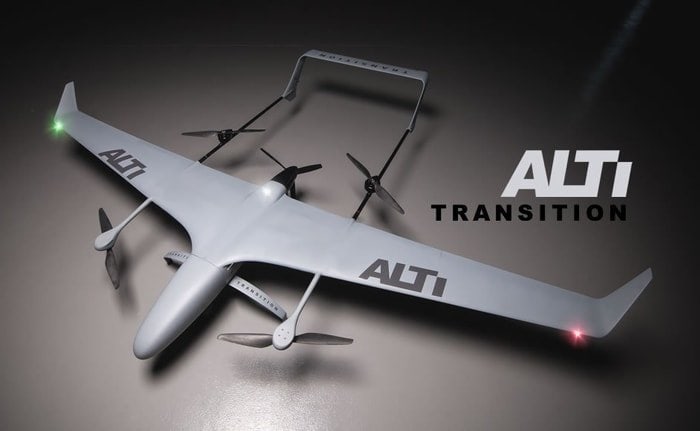
Noteworthy Features of PX4
- PX4 contains modular and extensible architecture that aims to use in different types of vehicles.
- It provides flexible and powerful flight modes with companion development tools.
- You can use PX4 for free and modify based on your requirements.
- It lets you host the MAVLink and MADSDK and QGroundControl.
- Can be used in both consumer drones, industrial applications, and also in various research platforms.
- Provides essential and helpful user documentation for the users to get a clear overview of the software.
7. DART
DART refers to an open source library that expresses as Dynamic Animation and Robotics Toolkit. The Graphics Lab and Humanoid Robotics Lab of Georgia Institute of Technology created this project. It is a collaborative platform under the BSD license and written in the C++ programming language. You will get a lot of features with this robot software for free that can help you to take your robot project a step ahead.
Noteworthy Features of DART
- You will get an extensible API to interface with nonlinear programming and multi-objective optimization.
- It supports several collision detectors, including Bullet, ODE, and FCL.
- It lets you compute minimum distance and also get access to kinematic states of an arbitrary entity with this software.
- DART is a cross-platform application that can run in all the major systems, including Windows, Ubuntu, FreeBSD, Mac OS, and Archlinux.
- It supports different shapes like concave mesh, primitive shapes, and probabilistic voxel grid.
- Provides support for subdividing constraint handling through the ‘Island’ technique that brings better performance.
8. CleanFlight
CleanFlight is one of the most popular flight controller software in modern time. It is an open source project that supports a wide range of hardware components. Users can use it for free and contribute for improvements to this tool as well.
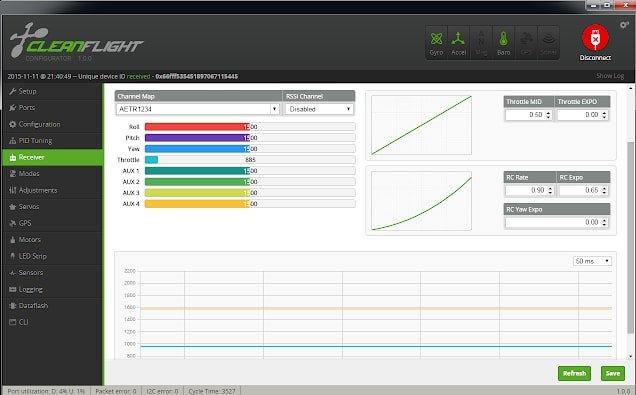
Noteworthy Features of CleanFlight
- It provides an impressive flight performance with safety compared with many other related software.
- Contains an active and friendly community on Facebook, Github, and Twitter to get feedback from users. Active developers are always trying to improve user experience.
- CleanFlight provides the understandable, well-tested, nicely documented code so that further development can be smoother.
- Also has up-to-date and helpful user documentation to know about the installation and configuration of the tool.
9. Paparazzi UAV
Paparazzi UAV is another essential and free drone software package for the Linux community. It is also an open source project under the GNU General Public License (v2). Many Unmanned Air Vehicle Systems have been used for research and professional purposes with the help of this software.

Noteworthy Features of Paparazzi UAV
- Paparazzi lets you control climb rate using throttle and pitch.
- Provides source code and tutorials to set up correctly to your device.
- Highly configurable and compatible with traditional fixed-wing and multicopter airframes.
- It can interface with a wide range of sensors, including barometric pressure, sonar, temperature and humidity, and more.
10. ARGoS
ARGoS comes with a multi-physics robot simulator that can simulate large-scale swarms of robots with high-performance. This robot software system is released under the MIT license. It provides several physics engines and can run them in the same experiment. Also, it allows you to add new actuators, robots, sensors, and physics engines easily with its user-friendly interface.
Noteworthy Features of ARGoS
- You can customize the project by adding new plugins to enhance the functionality as per your need.
- Provides user and developer manual with proper documentation to let the users know in detail.
- This is regarded as an essential tool to help in research and get optimized and accurate data.
- It runs on several platforms, including Linux and Mac OS X.
11. OpenDroneMap
OpenDroneMap comes with a command-line toolkit that helps to generate maps, point clouds, and DEMs from a drone. It is an open ecosystem to collect and process the aerial data with its extraordinary functions. OpenDroneMap is an open source product under the GPLv3 license. It lets users access its functions through a minimal web interface.
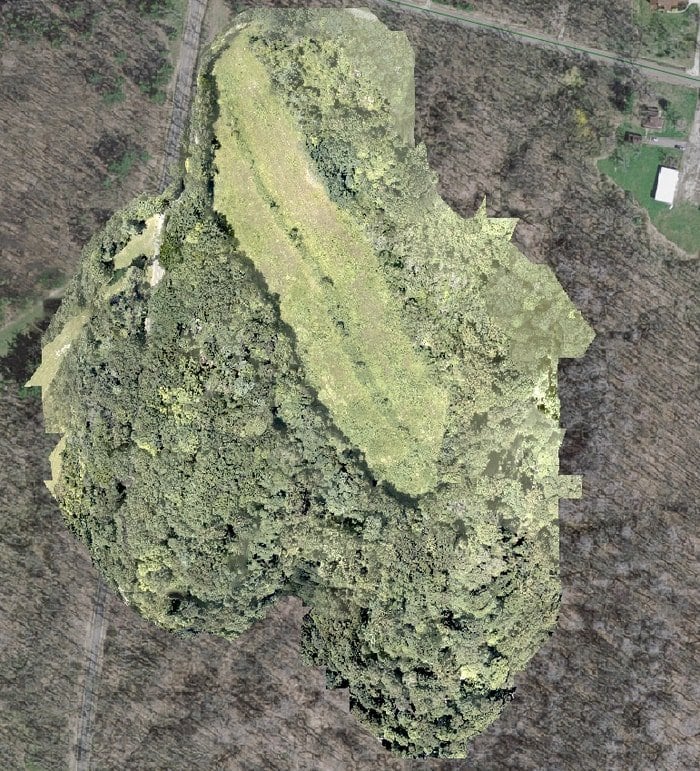
Noteworthy Features of OpenDroneMap
- Provides a user-friendly and extensible API to visualize and store images smoothly.
- It runs on multiple platforms, including Linux, Windows, and Mac OS.
- Also, it provides proper documentation with set up instructions on different platforms.
12. LibrePilot
Since the beginning of this project in 2015, LibrePilot has been running for the betterment of research and development of robotics and vehicle control, and stabilization. LibrePilot is written in C and C++ programming languages by the OpenPilot Team. Like most of the projects above, it also runs on both Linux, Mac, Windows, and Android systems.
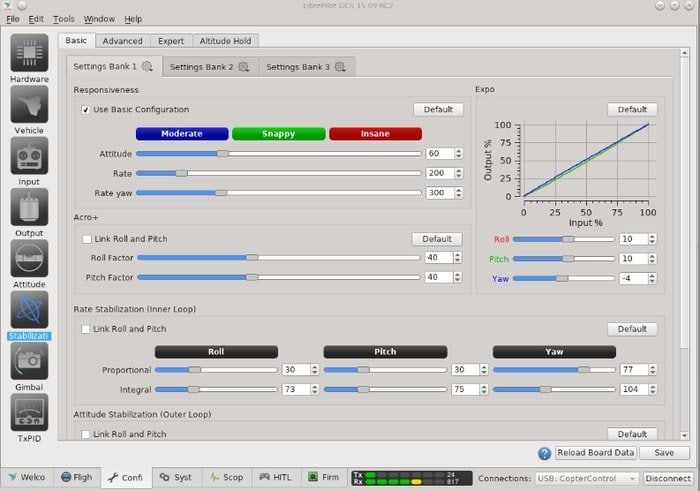
Noteworthy Features of LibrePilot
- It supports multiple inputs (PPM, PWM, DSM Sat, HoTT, etc.)and outputs (PWM, OneShot125, OneShot42, PWMSync. etc.) protocols.
- Lets you use several FlightControllers like Revolution, Sparky2, CC3D, and more.
- LibrePilot Supports several telemetry protocols, including MAVLINK, and MSP.
- It provides control for Auto Takeoff, Auto Land, and Autonomous Flight.
- Users can work with different flight modes. It can be Attitude, Manual, Rate, etc.
13. dRonin
dRonin is user-friendly and straightforward software to control quadcopters and various small aircraft systems. It comes with an easy to use and widely used interface. dRonin is an open source product under the GPLv3 license and also free to use. It is mostly suitable for different types of racing and autonomous flights. You can use it as an ideal platform for micro flight controllers with basic sensors.
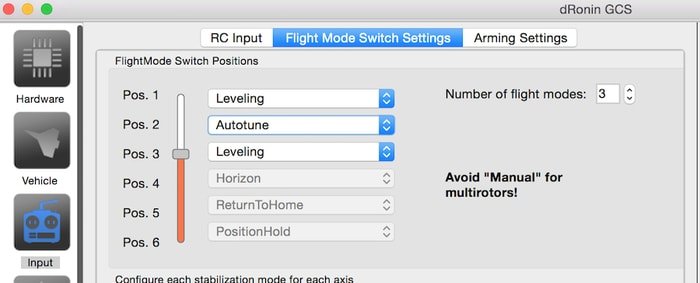
Noteworthy Features of dRonin
- Provides a flexible environment to fly a well-tuned machine through its setup wizard and functionality.
- It supports a lot of hardware, including Sparky, BrainFPV, DTF Seppuku, and more.
- Compatible with a large number of robotics and accessories.
- It lets users control various conventional RC airplanes, helicopters, hexcopters, and more.
- Provides an easy to understand documentation and active community on social and professional platforms like Facebook and Github.
14. OpenRTM-aist
OpenRTM-aist comes with a software platform, especially for developing robot systems. National Insitute of Advanced Industrial Science and Technology developed this tool based on RT components. It is written in C++, Java, and Python languages.
Noteworthy Features of OpenRTM-aist
- Licensed under GNU Lesser General Public License and also Eclipse Public License.
- It provides clear documentation with the complete installation guideline.
- OpenRTM-aist contains an active community, including a forum, mailing list, training, and contests.
- It is a cross-platform software that supports Windows, Linux/Unix, Mac OS, and FreeBSD systems.
- Provides a flexible communication environment between different RTCs.
15. Dronecode
Dronecode is a modern and advanced drone software package for both academic, industry, and agile startups. It comes with an open source project hosted under The Linux Foundation having a wide range of flexible features. Dronecode is built with Python, Java, and Objective C. Besides making drones, it can also be broadly used for scientific research.
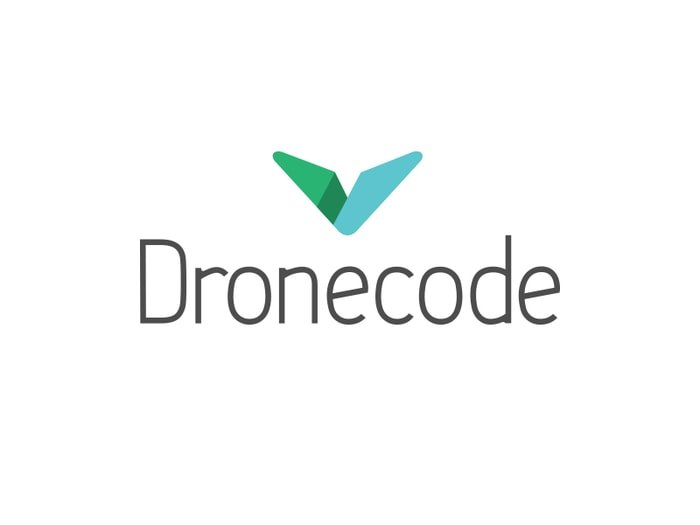
Noteworthy Features of Dronecode
- It provides an IP-friendly permissive BSD license with neutral and transparent governance.
- A flexible system for all types of vehicles, including VTOL, fixed-wing, multi-copter, and also ground vehicles.
- Can be used in different purposes like surveying and inspections, racing, aerial photography, medical supply, and more.
- Supports high latency telemetry and structure scanning. Also, it provides the facility of wind estimator.
- Contains an active and friendly community that supports its users in almost every step.
- You can run Dronecode on different platforms, including Linux, Mac OS X, Windows, and Android.
16. URBI
Now, it’s time to let you know about another open source robotics platform, URBI. It refers to the Universal Robot Body Interface that is built to develop complex robotic applications. This platform is licensed under the GNU Affero General Public License. It provides a standard API that helps to describe various algorithms and sensors.
Noteworthy Features of URBI
- URBI provides an easy-to-use interface using C++ component library.
- It provides the facility of voice recognition, voice synthesis, face detection, and face recognition.
- You can also detect color blob using this platform.
- It is a scripted language that can access sensors, speakers, and other components of the robot.
17. ROS
ROS comes with a flexible and accessible framework to create modern robot applications, written in C++, Python, and Lisp languages. The full meaning of this tool refers to the Robot Operating System, which is entirely open source and released under the BSD license. Also, it provides internationalization support in different languages, including German, English, Italian, Korean, Brazilian, Thai, and more.
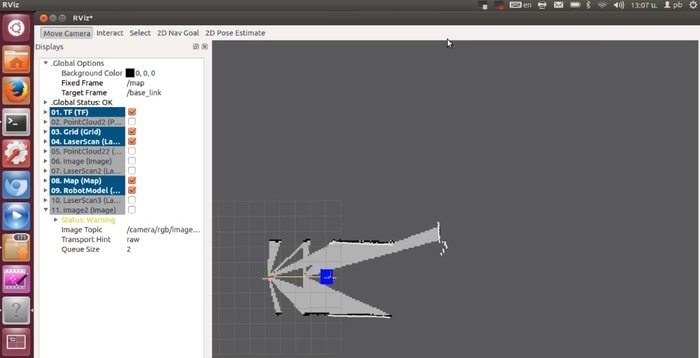
Noteworthy Features of ROS
- It brings with a wide range of tools and libraries to make the task of building sophisticated robots flexibly and securely.
- Provides strong support and tutorials to get step-by-step instructions to learn this tool properly.
- Compatible with major platforms like Linux, Mac OS, and Windows.
- Includes over 2000 software libraries, many useful APIs, and also a wide range of standard tools for developing and debugging purposes.
18. Fawkes
Fawkes comes with a robot software framework to create and run real-time robotic applications. This program is written in C++ programming language released under the GNU General Public License v2. It brings a complete package with clean structure and documentation in most of the professional areas. Also, it is free to use.
Noteworthy Features of Fawkes
- Provides a component-based approach to increase the efficiency of the application.
- Fawkes runs best on modern Linux and Unix systems, including Fedora and also on FreeBSD.
- Using hybrid blackboard system, it helps to make the communication without conflicting commands.
- It lets you use FireVision, an integrated computer vision framework which helps to transmit images over the network for visual debugging.
- Also, it provides a component-based design and compatible with a variety of platforms.
19. Rock
Rock is a specialized robotic software framework for Linux system, developed in C++ and Ruby languages by DFKI Robotics Innovation Center. It provides the facility of error detection, reporting, handling, and smoothly managing large systems. This Robot Construction Kit helps users to run reliable and high-performance robotic systems in different applications.

Noteworthy Features of Rock
- Rock provides a sustainable system to build modern robots.
- It lets you extend the functionality by adding new components in your robot.
- Complete tutorial package to let users create libraries, configure and connect components, installing packages, and more.
- It contains a flexible graphical user interface. Also, it provides 2D and 3D visualization support using QT-Framework and VizkitWidget.
20. CARMEN
CARMEN, an open source collection of a robot software framework, refers to Carnegie Mellon Robot Navigation Toolkit. Carnegie Mellon University developed this application aims to sensor control, obstacle avoidance, logging, and path planning. Though it is written in C language, it can also provide Java support.
Noteworthy Features of CARMEN
- A proper toolkit for Linux platform under General Public License.
- It supports various hardware, including iRobot ATRV, ActiveMedia Pioneer 1 and 2, OrcBoard, Segway, and more.
- CARMEN provides the facility of localization, scan-matching, and a mapping module.
- Also, it supports different sensors like the SICK LMS laser measurement system, Sonar, Hokuyo IR, and more.
- Provides complete documentation with download and installation process.
Wrap Up
So, it’s time to finish up our discussion on finding the drone and robot software for Linux system. We tried to sort out the most popular and user-friendly applications for our users so far. From the software mentioned above, you will find most of them as open source and free to use. Besides these, let us know if you have any other choices.
Finally, you are requested to share this article with your beloved communities to let other people know about this. Thanks for your valuable time.
